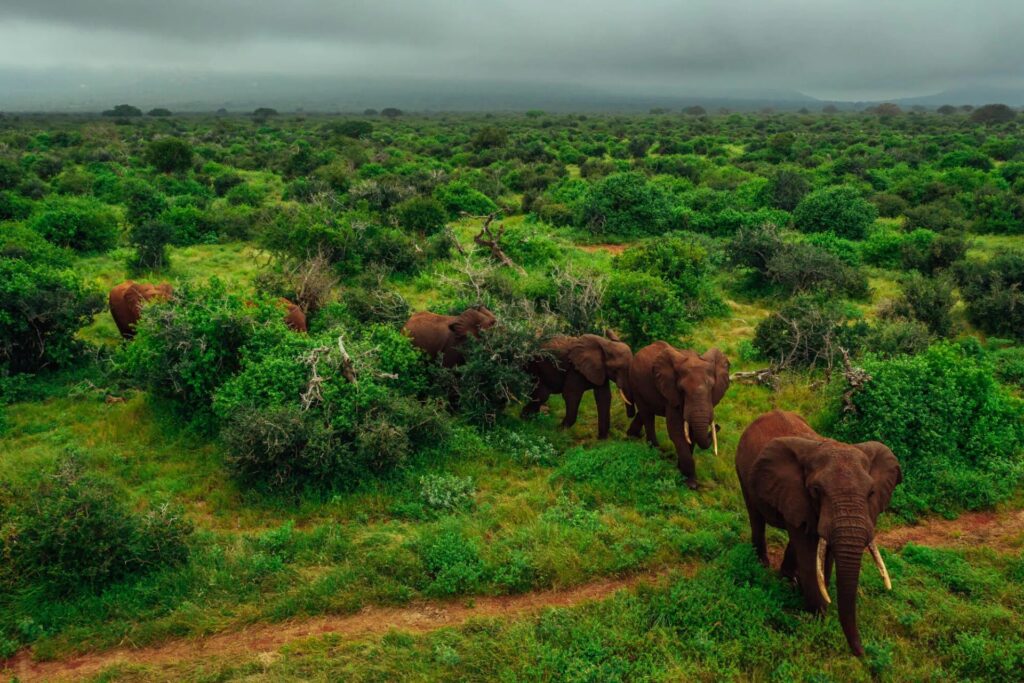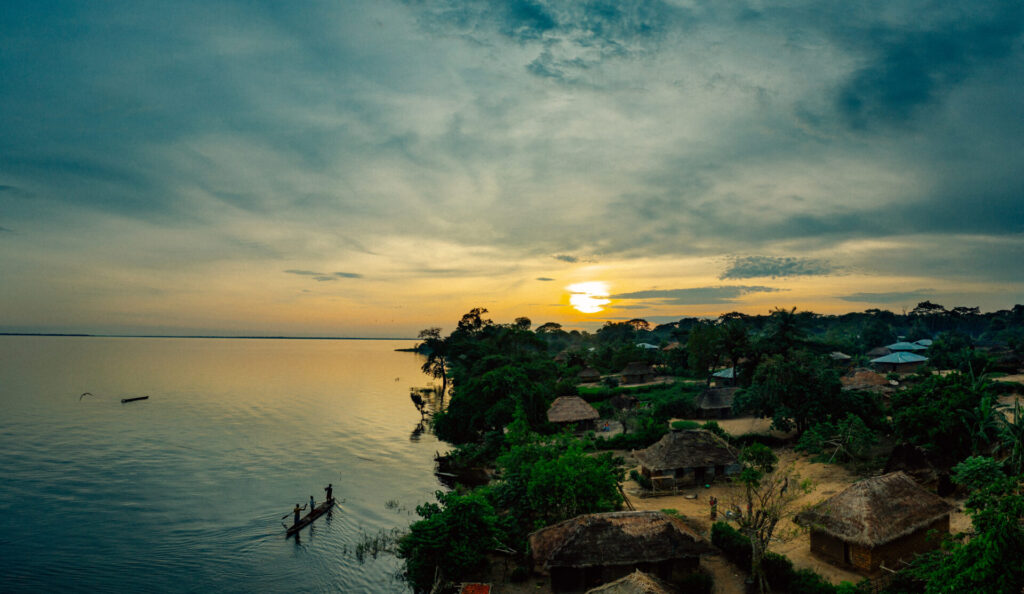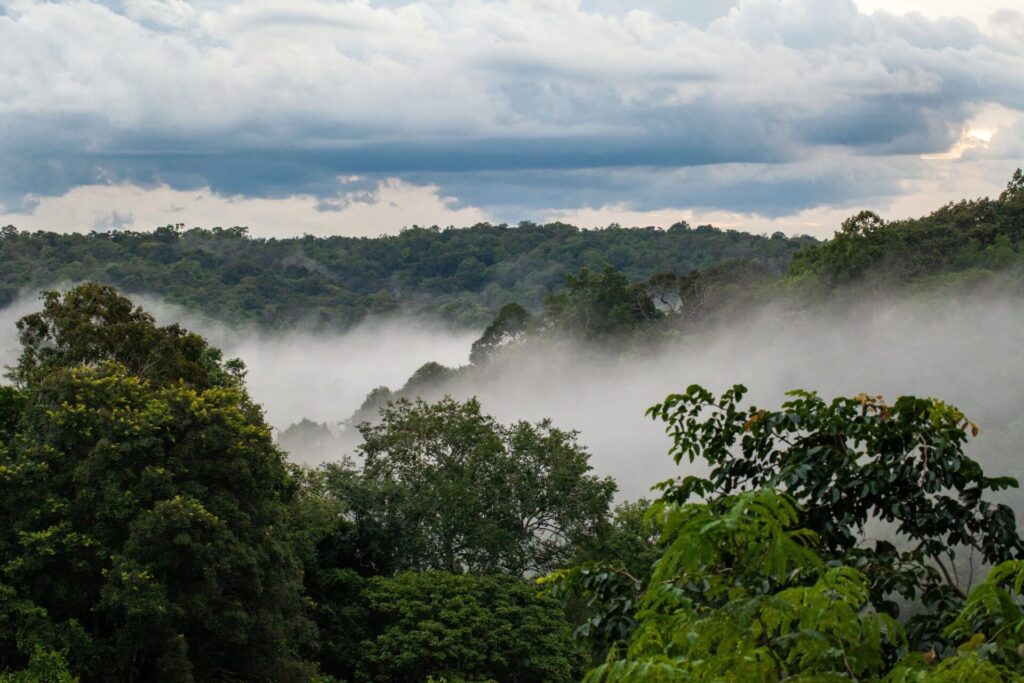Providing local communities with the skills to autonomously manage and protect their land.
Afro-Colombian communities in the ACAPA – BMyF REDD+ project are autonomously managing and protecting the exceptionally biodiverse forests of the Chocó–Darién ecoregion. The community’s culture and identity have been deeply intertwined with the safeguarding of these forests and the biodiversity therein for many generations. Their conservation efforts are now backed by REDD+ revenue, turning past aspirations into actionable plans. ACAPA – BMyF embodies inclusivity at its core, ensuring all community members have the opportunity to participate and that their representation is reflected in governing bodies, with special emphasis on powerful leadership roles for women.
The ACAPA – Bajo Mira y Frontera (BMyF) REDD+ project resides within the Chocó-Darién ecoregion on the Southwest Pacific coast of Colombia. This ecoregion is characterized by its lush rainforests, high levels of rainfall, and exceptional biodiversity with high endemism. There are over 6,500 species of mammals, birds, amphibians, and reptiles as well as plant species including mangrove forests. Mangroves are crucial coastal ecosystems that protect against erosion, support diverse wildlife, store large volumes of carbon, and sustain local livelihoods. The project area is home to Afro-Colombian communities who were granted self-administration and land use rights by the Colombian constitution.
The ACAPA – BMyF REDD+ project addresses the pressure on the forest by strengthening community capacity in governance, implementing improved land-use planning and conservation zone demarcation and fostering economically viable alternatives to deforestation within the project area. The ability of the project to be autonomously owned, driven, and managed by Community Councils has benefited from technical assistance from Fondo Acción, as well as financial and capacity-building support from USAID under the Bio-REDD+ and the Paramos y Bosques programs.
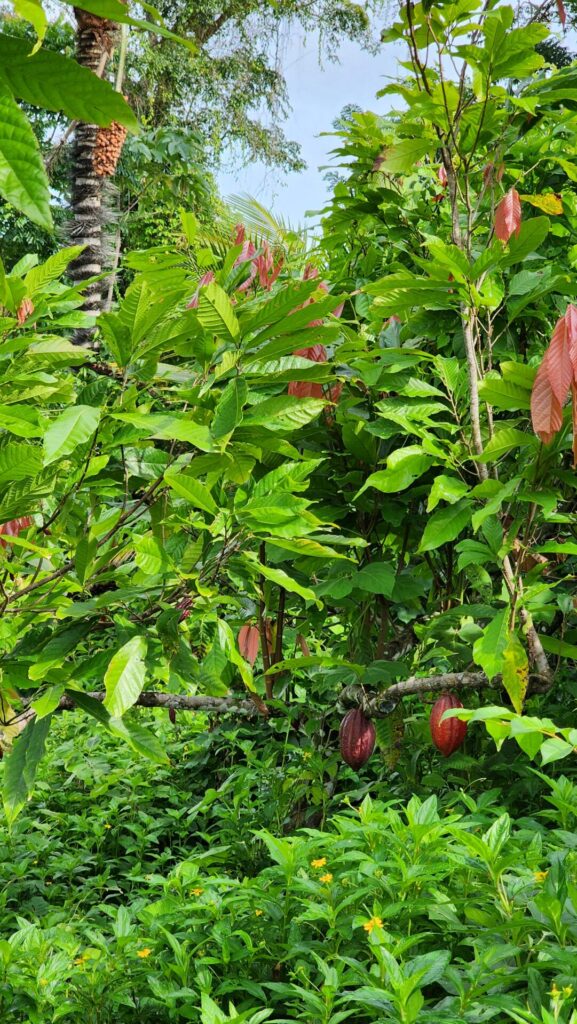
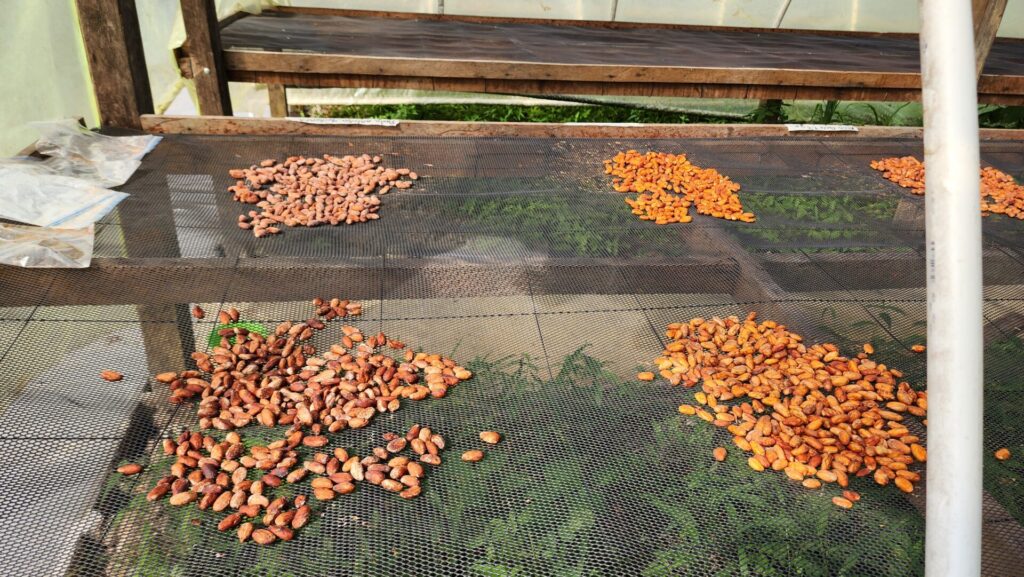
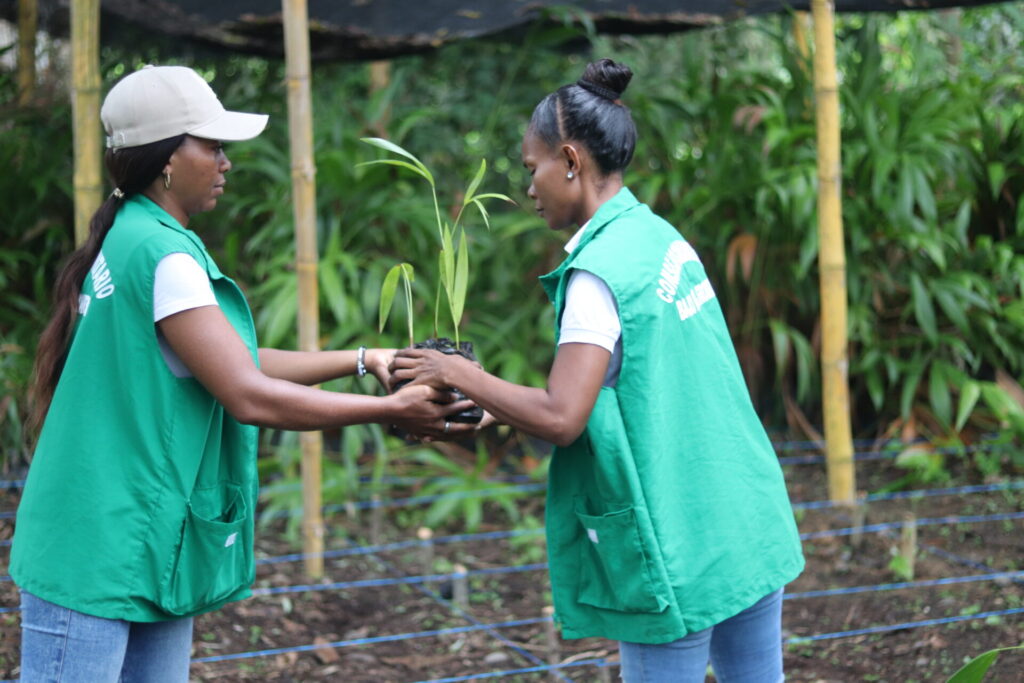

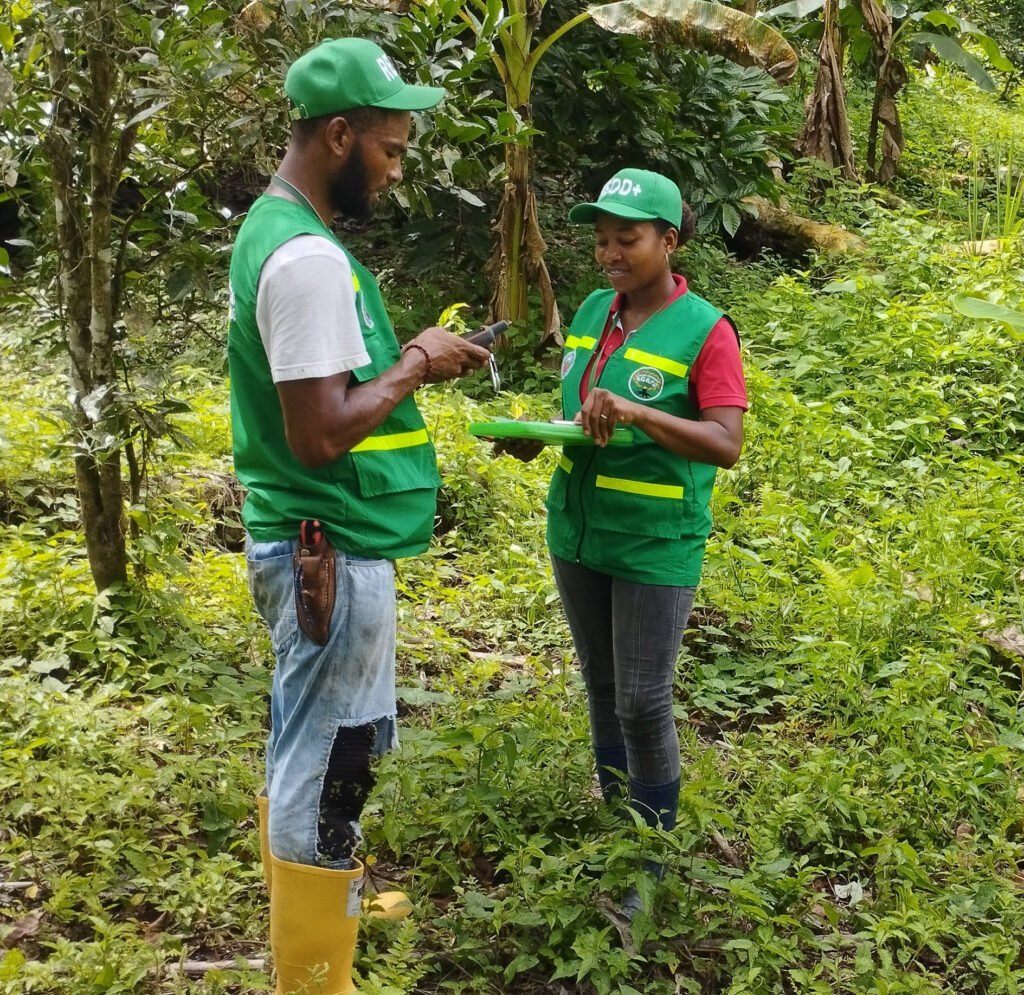

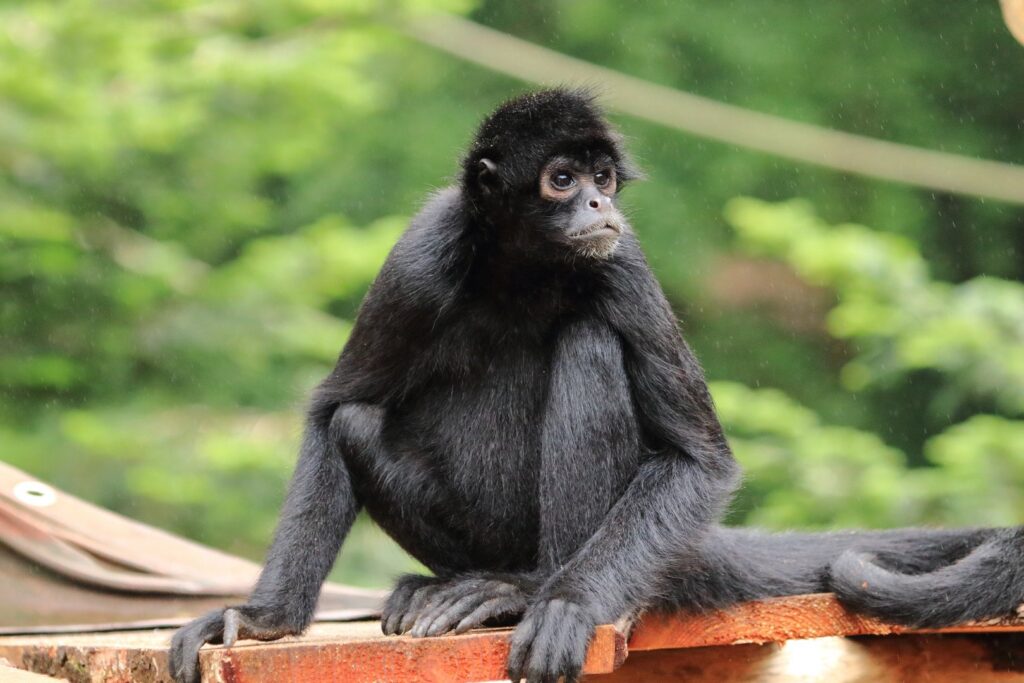

In the 17th century, African slaves were brought to Colombia and forced to work in cattle ranches, gold mines, and sugarcane plantations. Post-slavery (1700-1850), Afro-Colombians sought refuge in the rainforests of the Pacific coast, becoming the custodians and protectors of these forests and their biodiversity. In 1991, the constitution recognized these communities as part of Colombia’s national heritage and established their equal rights under the law. In 1993, Law 70 was established, further acknowledging their ancestral land ownership and occupation rights, marking a significant step in their recognition and empowerment. The communities in the territory of ACAPA were granted 94,388 ha and communities in the territory of Bajo Mira y Frontera (BMyF) were granted 46,482 ha. In 2013, the ACAPA – BMyF REDD+ project was implemented with technical and financial support from USAID and Fondo Acción. The project area covers only 58,212 ha of the total land that was granted to the communities.
The forests in the ACAPA- BMyF REDD+ project are at risk of land clearing for agriculture and timber extraction. Community members derive their income and subsistence from agriculture and small-scale logging. These drivers threaten not only the forest but also the important biodiversity found in this region.
The project has a strong focus on improving the governance capacity of local communities, to enable them to autonomously manage and protect their land and forest resources. This involves training them in governance, leadership, and management, as well as training on alternative productives. The project has also employed former shell fishers and loggers in project activities such as biodiversity and forest monitoring. These activities provide the community members with alternative income sources that do not rely on the unsustainable extraction of forest resources.
The project has made good progress toward durable conservation outcomes, achieving a Gold Level status from the Climate, Community & Biodiversity (CCB) standard for community benefits. The project has focused on ensuring that communities are represented in all levels of governance, and are represented in decision-making processes. The project has also trained community members in sustainable agriculture and fishing practices, marketing, and biodiversity monitoring, providing them with strong economic alternatives to deforestation. The project area is part of the wider Chocó–Darién ecoregion, renowned as one of the world’s most biodiverse areas. To safeguard and preserve this rich array of life, the project has undertaken initiatives such as delivering environmental education to local communities, to improve their understanding of the significance of this biodiversity. Key project outcomes from 2013 – 2019 include:<
